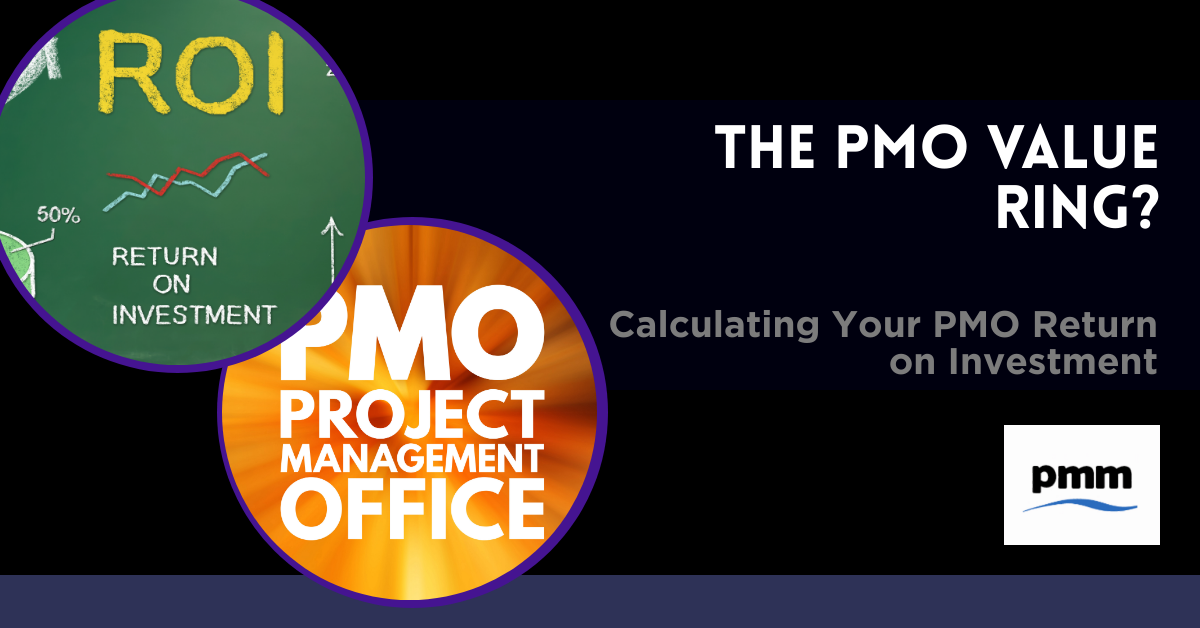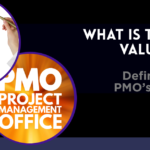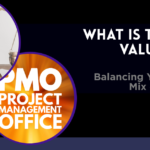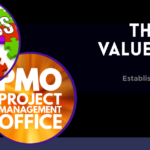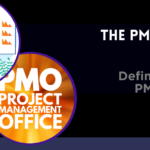Defining the value of your project management office (PMO) is essential to keep it alive and thriving within its organisation. The PMO Value Ring is a useful framework to use and the seventh step is to calculate your PMO’s return on investment (ROI).
While there can be many ways to measure value, monetary return is the most common in business. As with any business area, ideally, you want to show that your PMO delivers a better financial return than it requires in financial input.
We’re going to look at measuring the return on investment of your PMO, focussing on:
- How to calculate the ROI of your PMO
- What the calculation will look like
- Why it’s important to calculate your PMO’s ROI
How do I calculate the ROI of my PMO?
In previous steps of the PMO Value Ring, you’ll already have established KPIs and decided how you are going to measure project success. When looking at those KPIs, you should have an eye on how you can assign a cash value to each target.
Look at the PMO services you have decided to offer and how those services can affect the bottom line of the projects your office oversees. These can be elements such as:
- The hours that will need to be worked on a project
- The technology that needs to be bought for a project
- The external resources that need to be paid for
Everything that costs money in a project needs to have a cash value assigned.
Next, you will need to look at how to measure the outcomes of projects. Not every outcome can have a cash value, so you will need to look at industry benchmarks and standards.
Some ways you can consider the financial value of a project could be to look at the money saved compared to previous projects. For example, if previous project performance showed a 5 percent overrun on schedule and you reduce that to 2 percent, that is in a calculatable value.
For PMOs that manage projects for external clients, you can look at a basic income vs spending model. Further, you can confirm the value being added by improving returns over time.
The basic ROI calculation is (profit – cost)/cost, and the outcome will be a percentage. You want to see a positive number, and the higher, the better.
Why do I need to calculate the ROI for my PMO?
It is received wisdom that PMOs sit in a precarious position in most businesses. It can be one of the first areas to face cuts when a business is rationalising expenses since it is often seen as a cost centre rather than a place of profit generation.
While a business can have a range of priorities, such as environmental, social, and governance considerations, most will have a major focus on the bottom line. Being able to show a financial contribution can offer a layer of protection to your office.
Having evidence that your PMO is reducing rather than adding to costs is a tangible benefit that should help keep your office running. If you’re able to show an increase in profit, this is even better when presenting the benefits of your PMO to the C-suite.
Calculating PMO ROI
Knowing that your PMO is contributing to the profits of the business it operates in is a clear demonstration of value. You need to set up a framework for understanding the return on investment by looking at the money being spent on projects and having a way to measure the income gained from a project.
The final step in your journey through the PMO Value Ring is to create a balanced scorecard for your office. This will be the topic of our next post.
